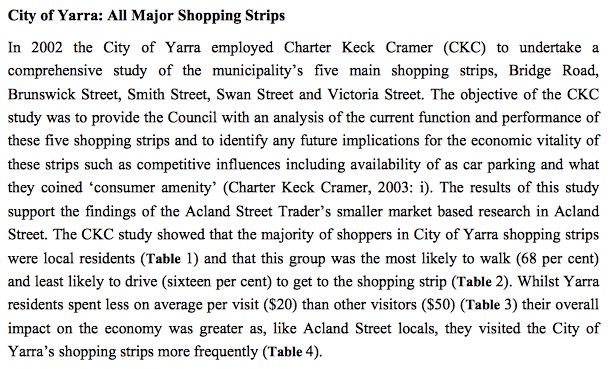How can we attract more customers?
We’d all like to see our local traders thriving on beautiful, vibrant shopping streets.
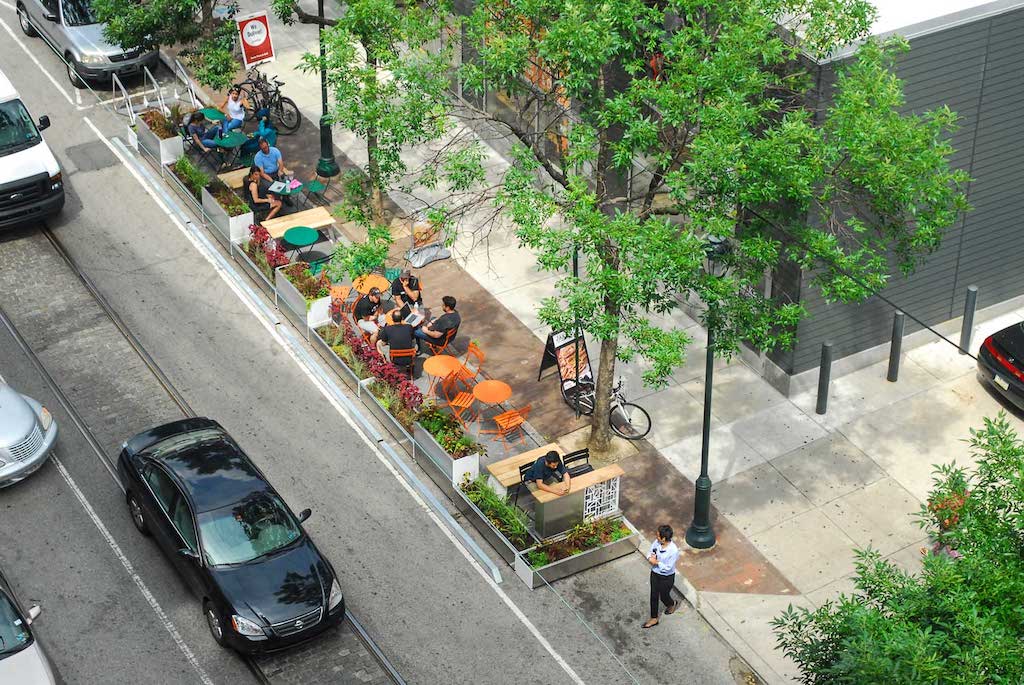
More business from 20-minute neighbourhoods
Yarra’s population will grow by 50% to 2040, meaning that more people will live close to each shopping street. Unless we change how we design our streets, it will also mean that traffic will be congested, most parking will be occupied and shops will be difficult to access by car. As our population increases, traders will be better able to attract stable, repeat business from local residents if Yarra builds 20-minute neighbourhoods, enabling shops to be accessed by walking, cycling and public transport as well as by car.
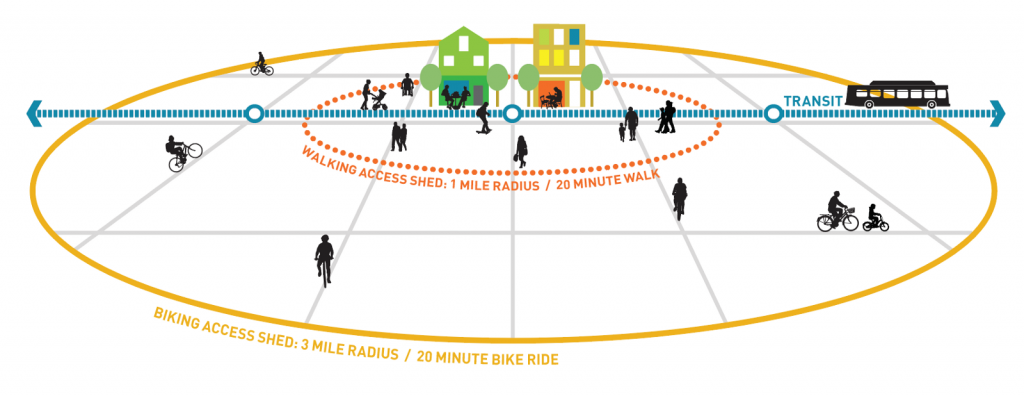
Good for Busine$$
The Good for Busine$$ report describes how streets that promote walking, cycling and public transport are better for business. Specifically, such streets generate more business and stimulate the local economy.
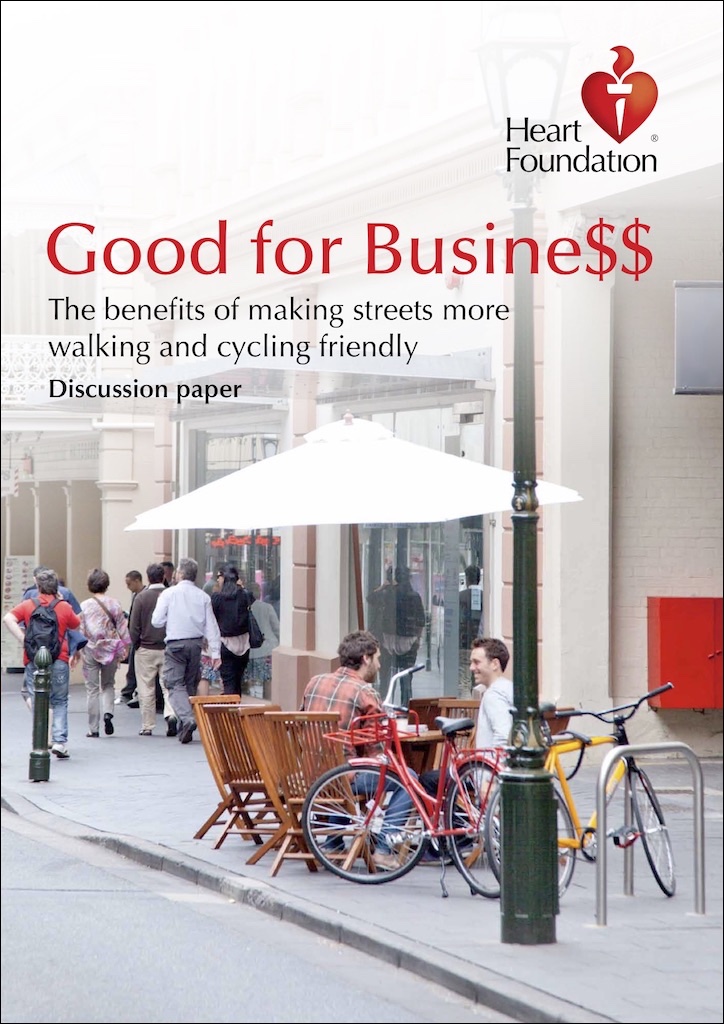
What local and state government can do
The City of Yarra and the Victorian state government can make streets better for business by re-designing both shopping streets and the surrounding streets. On shopping streets the parking lanes are converted to wider footpaths and separated bicycle lanes that support level-access tram stops. Parking is increased overall by using the first 5-10 parking spaces on each side street, with the first spot reserved for deliveries. Surrounding streets support walking and cycling by converting them to 30 km/h Low Traffic Neighbourhoods.

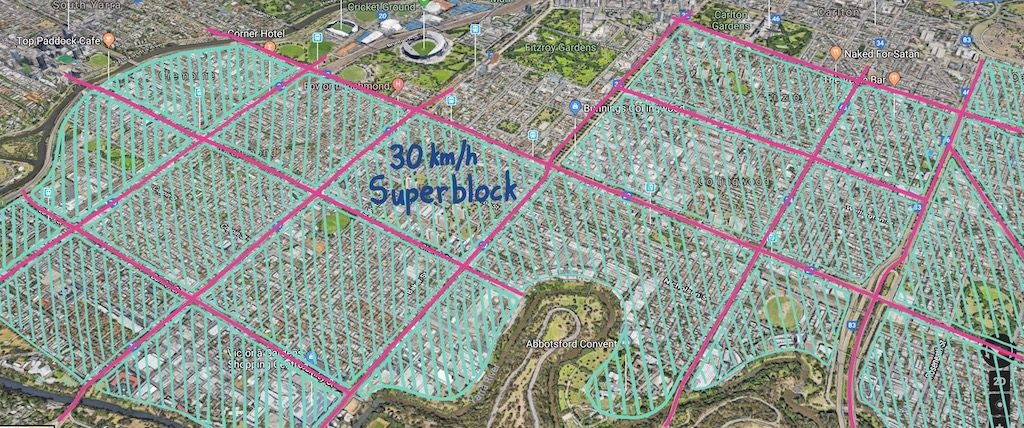
Example
Traders benefit even though on-street parking is re-located to side streets; because on-street parking already delivers a low percentage of customers. Consider that a cafe may have 40 seats, but the on-street car park in front of the shop only brings 2 people, so 38 people must be getting there in some other manner, which could be walking, cycling, public transport or parking on side streets. In other words, more than 90% of the patrons aren’t using the on-street parking bay in front of the shop. Instead the car parking lane would be better used to help the 90% of people; to support walking, cycling, and level access tram stops. Parking for shoppers can still be retained on side streets.
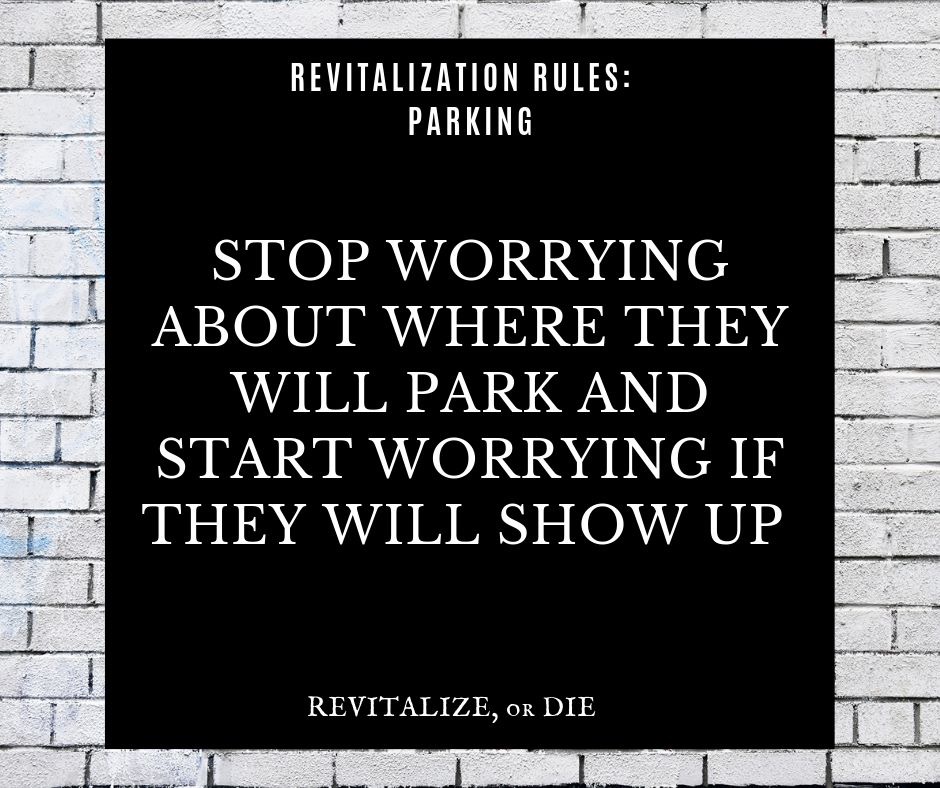
Guidance from London
Transport for London published a summary pack showing how walking and cycling benefits shopping streets:
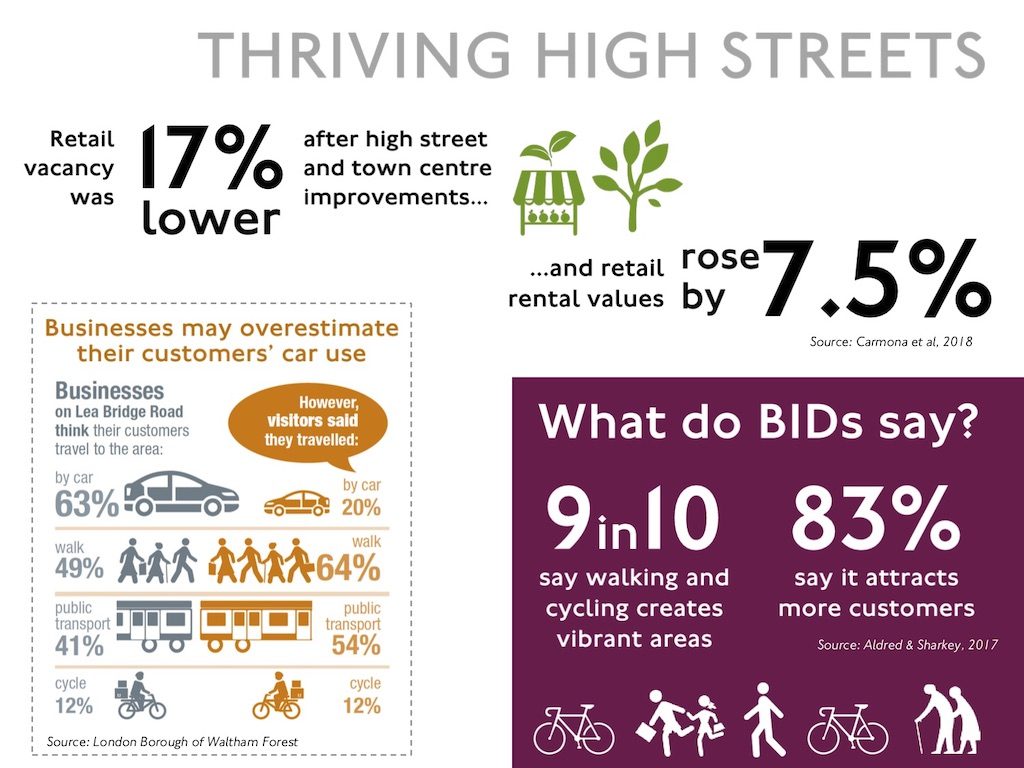
Other studies
These conclusions have been replicated in many other studies:
- The Conversation – Parking isn’t as important for restaurants as the owners think it is: “Customers who walk, cycle or use public transport to get to the restaurant all contribute significantly more to trade than the business owners and managers realise.“
- Global Street Design Guide: “Street projects that improve safety and encourage multimodal use have positive economic effects, such as higher retail sales and improved property values. Moreover, people who walk or cycle often spend more at local retail businesses than people who come to an area by car, underscoring the economic importance of offering attractive, safe spaces for transit riders, pedestrians, and cyclists.“
- Toronto – Economic Impact of Bicycle Lanes: “The number of businesses that reported 100 customers or more per day increased in the study area on both streets.“
- Journal article – Recognising the economic role of bikes: sharing parking in Lygon Street, Carlton: “…this study demonstrates that, in appropriate areas, economic benefits may be achieved from replacing car parking with bike parking in public space areas, particularly as intensification of activity occurs as part of urban change, and as transport mode shifts over time…each square metre allocated to bike parking generated $31 per hour, compared to $6 generated for each square metre used for a car parking space.”
- Masters thesis – What is the economic contribution of cyclists compared with car drivers in inner suburban Melbourne’s shopping strips?: For shopping streets in the City of Yarra the majority of shoppers were locals who walked.
Support from the RACV
Victoria’s motoring organisation, the RACV, supports wider footpaths and separated bicycle lanes for Sydney Road in Brunswick, because they realise that it will be better for traders. The same logic also applies to any shopping street in Yarra.
There are many competing demands for inner city road space, and safety issues as cars, trucks, buses, bicycles, motorcycles, trams and pedestrians all try to fit within narrow corridors. Using roads to park empty cars is not an efficient use of space. That space can be used for bicycle facilities, tram platform stops, loading zones, traffic lanes and wider footpaths – what’s right depends on each road, the people that need safe and efficient passage along the road, and the community they’re passing through. The State Government, Councils and businesses need to work together to identify places where off-street parking can be better utilised, and new off-street parking provided, to enable on-street space to be used differently. RACV supports a trial to remove on-street parking on Sydney Road in early 2018, which can then be considered for the rest of Sydney Road and other streets within inner-Melbourne, including roads in the City of Yarra.
Manager, Roads and Traffic, Public Policy Department, RACV
Support from VicRoads
Research suggests that creating or improving options for pedestrians and bike riders generally has a positive impact on businesses in the area.
VicRoads
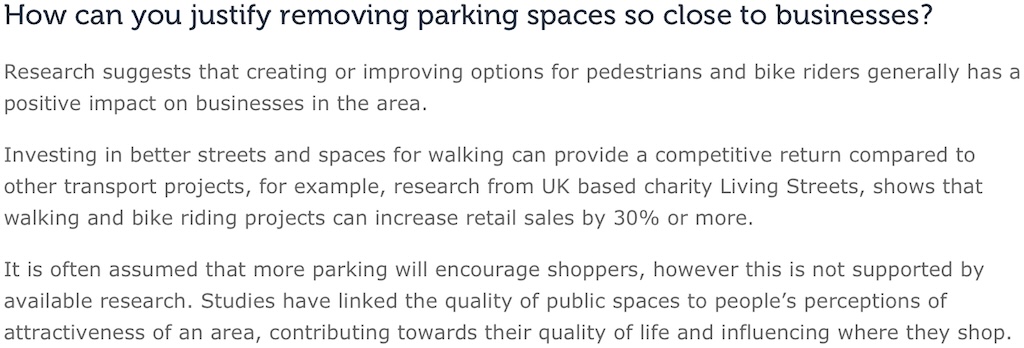
Conclusion
Yarra’s shopping streets can attract more customers if more people live nearby in 20-minute neighbourhoods; and shops are easy and safe to access by all modes, including walking, cycling, public transport and driving.

